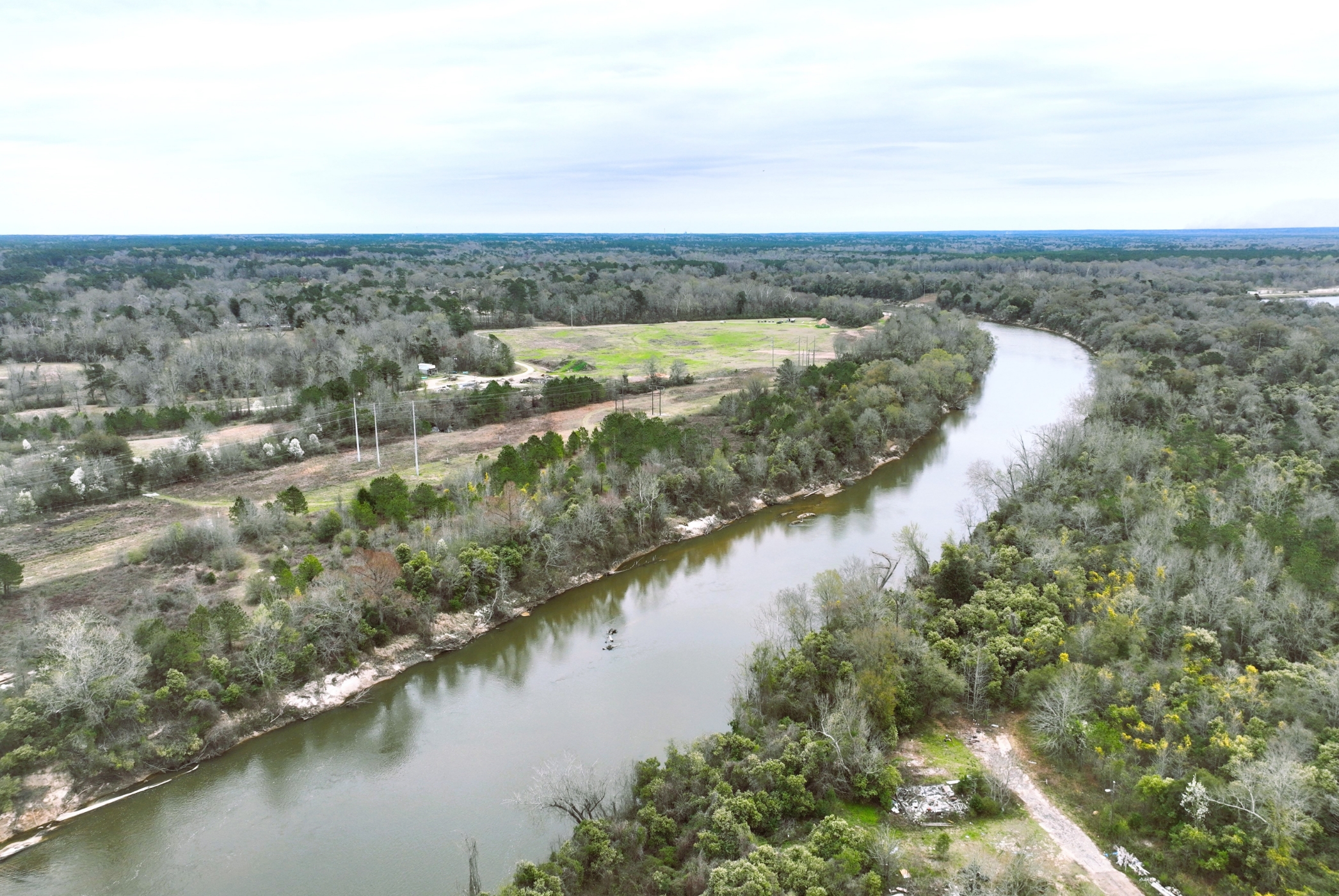DISCOVER THE VIBRANCY:
About Forrest County


Explore Forrest County
ECONOMIC DEVELOPMENT
CALENDAR OF EVENTS
RENTABLE FACILITIES
FORREST COUNTY HISTORY:
Where History Unfolds – A Journey Through Time
In 1908, the State Legislature delineated Forrest County from the western expanse of Perry County. Like many counties emerging in South Mississippi, Forrest County owed its genesis chiefly to the burgeoning industry and burgeoning populace catalyzed by the railroad and lumber boom in the Piney Woods of South Mississippi. In 1880, sparse settlement dotted this region; yet by 1910, Forrest County boasted a population of 20,772.
During this time, Hattiesburg alone burgeoned to 11,773 residents, outstripping the populace of Perry County, which numbered merely 7,685. By 1910, Hattiesburg had emerged as a pivotal nexus for four major rail lines. The J.J. Newman Lumber Company, Hattiesburg’s preeminent mill, employed over 1,200 workers and churned out upwards of 75,000,000 board feet of lumber annually. More than thirty lumber wholesalers maintained procurement offices in Hattiesburg.
The 1890 constitution established the framework for county governance, with minimal amendments over the subsequent century. This constitution mandated the election of county officials by registered voters to serve four-year terms, allowing all but the sheriff to seek reelection. Central to county governance was a five-member Board of Supervisors, endowed with legislative, executive, and delimited judicial purviews. Each county was divided into five districts, with one supervisor elected from each district. Board members were required to be registered voters and resident landholders in their respective districts.
The Board of Supervisors wielded extensive powers and duties, including jurisdiction over roads, ferries, and bridges, county governance and administration, budget adoption, tax levying, revenue receipt and expenditure, and provision for schools, hospitals, and limited welfare.
Administrative functions were largely overseen by other county officials, including the Chancery Clerk, Circuit Clerk, Tax Assessor, and Treasurer. The Chancery Clerk, besides serving as Clerk of the Chancery Court, assumed roles as Clerk of the Board of Supervisors and County Auditor and Treasurer, responsible for maintaining recorded county documents, including land titles, deeds, mortgages, and wills.
The Circuit Clerk primarily managed court records, voter registration, county elections, and marriage license issuance. The Tax Assessor compiled a comprehensive list of taxable property in the county and assessed it for taxation purposes.
In 1908, the State Legislature delineated Forrest County from the western expanse of Perry County. Like many counties emerging in South Mississippi, Forrest County owed its genesis chiefly to the burgeoning industry and burgeoning populace catalyzed by the railroad and lumber boom in the Piney Woods of South Mississippi. In 1880, sparse settlement dotted this region; yet by 1910, Forrest County boasted a population of 20,772.



EXPLORE FORREST COUNTY

Rentable Facilities

News

Resources




